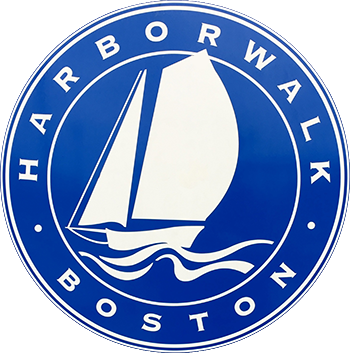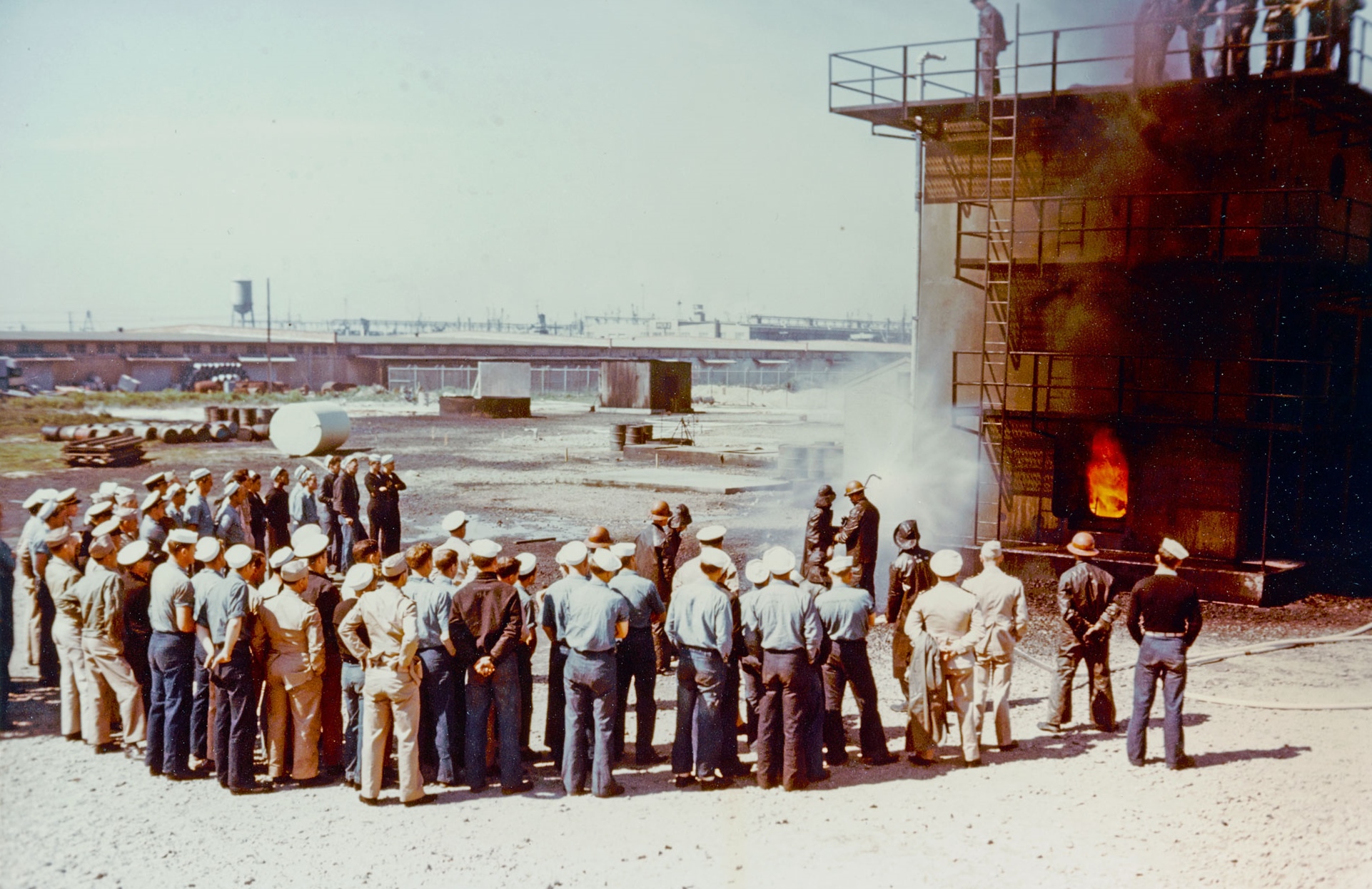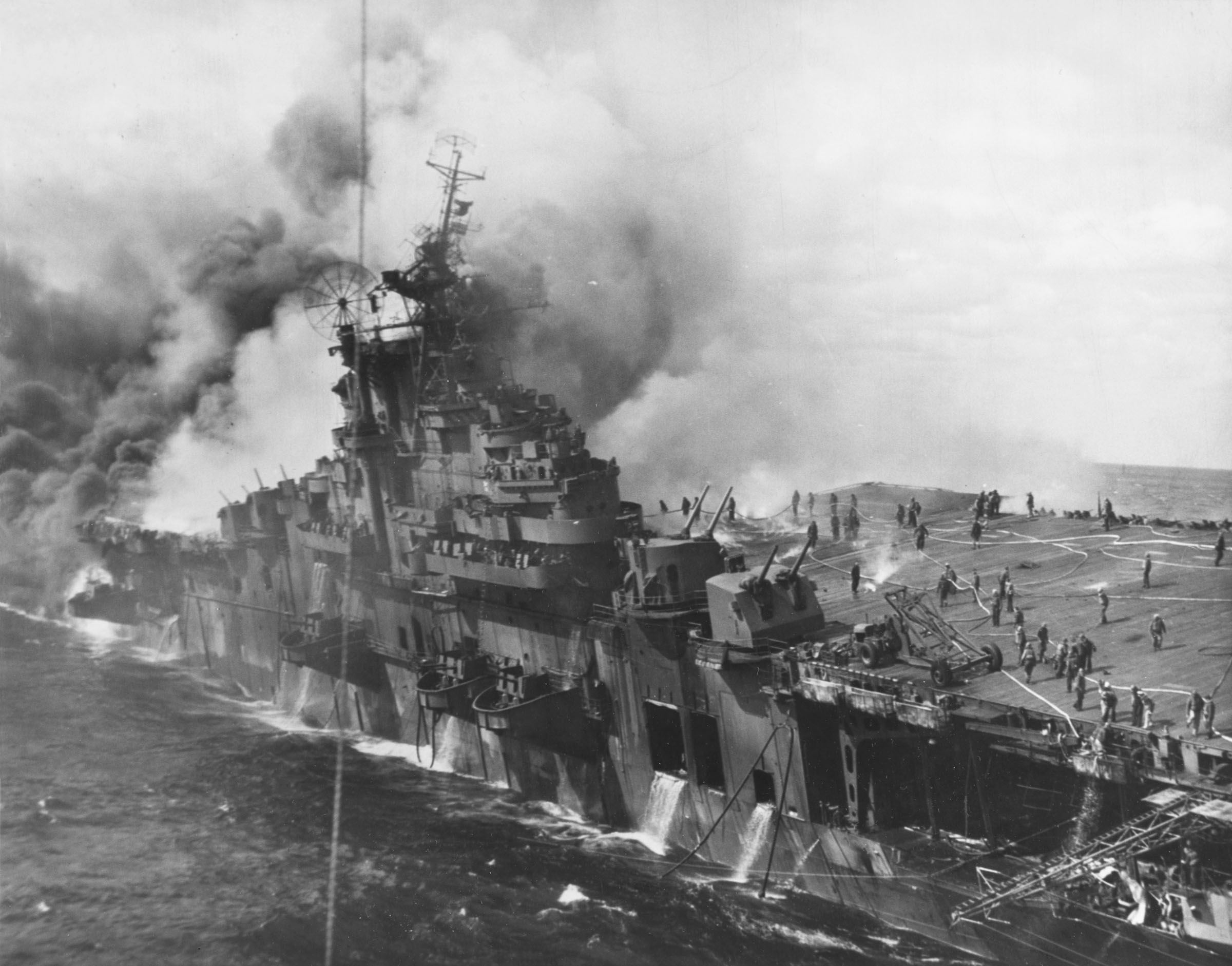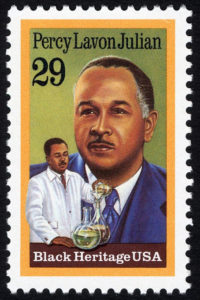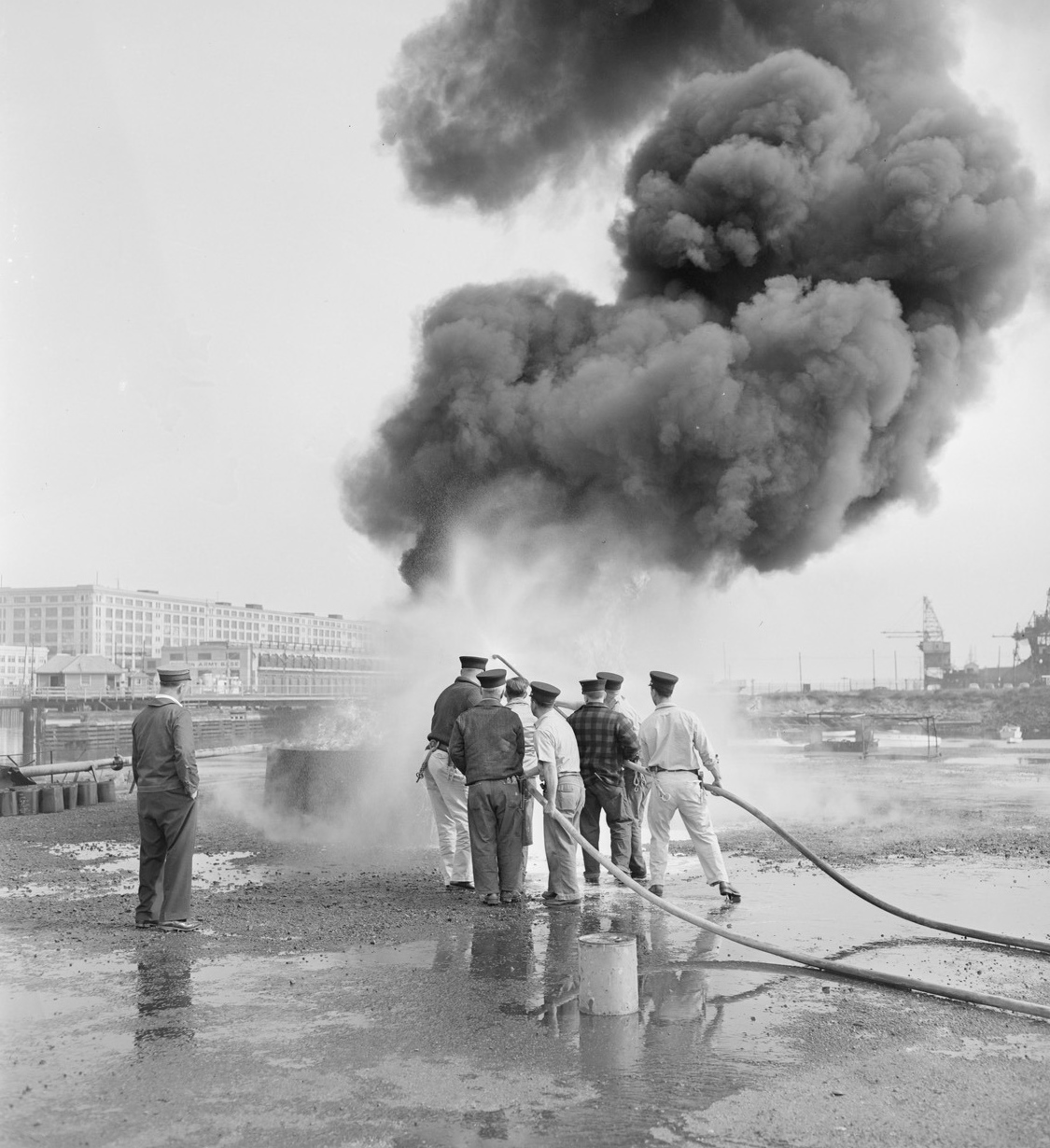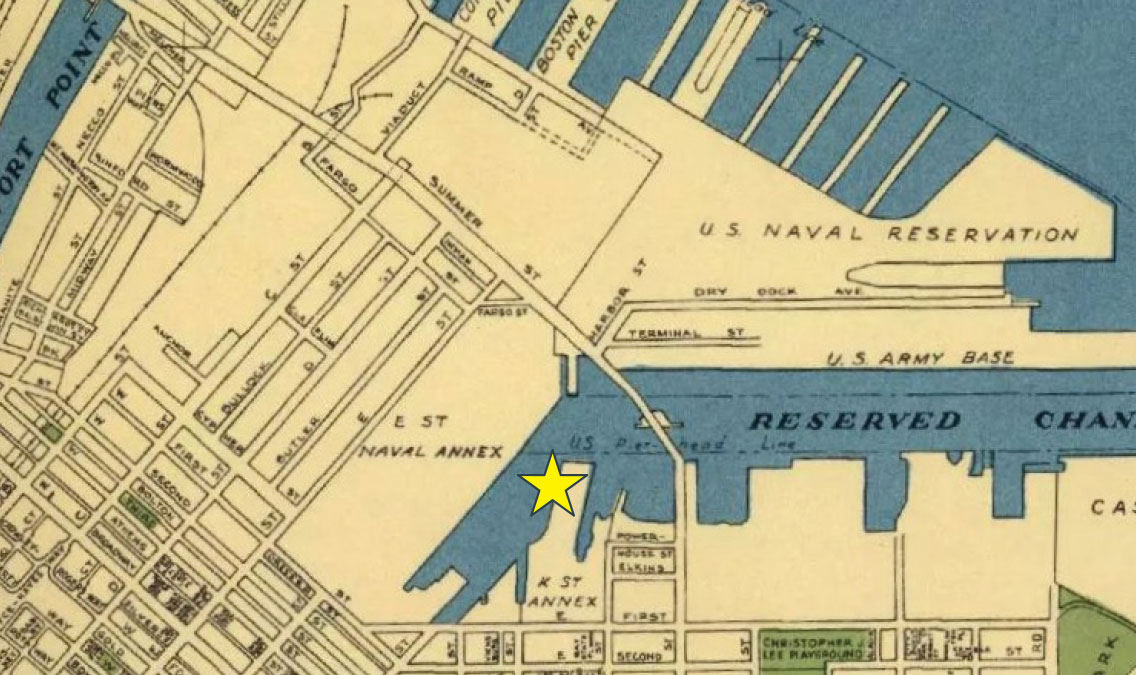Naval Firefighting School
in South Boston
Most instructors at the Navy Firefighting School had been members of large municipal firefighting departments. Training included classroom instruction and hands-on experience. Navy personnel participated in mixed groups of sailors and officers to foster a team approach to fighting a fire at sea.
c. 1944 photo courtesy of National Archives
During World War II, fires on board ships struck by torpedoes or direct shelling killed men and destroyed vessels and cargo. In June 1942, the U.S. Navy addressed the danger by establish-ing one of its first two firefighting schools here, at the Navy’s “K Street Annex.”
Thousands of sailors participated in a two-day program learning how to fight fires on simu-lated ship structures including an engine room, a fire room, a forecastle section typical of a destroyer, and an aircraft carrier hangar deck. A six-day course trained sailors who would direct firefighting duties on board ships.
The school was also an incubator for firefighting innovations. These included the use of foam, which blankets a fuel-based fire cutting off its air supply, and portable oxygen bottles, giving firefighters greater flexibility in movement.
After the war the school was declared surplus and was taken over by the city in 1948. It served as Boston’s primary firefighting training facility until 1957 when a new one was established on Moon Island in Boston Harbor.
One innovation likely tested at the Firefighting School here was Aer-O-Foam, an improved foam dubbed “bean soup” by the Navy. Aer-O-Foam was made possible using Dr. Percy Lavon Julian’s method for isolating soy protein and mixing it with water.
1993 commemorative stamp courtesy of the Smithsonian National Postal Museum
Sign Location
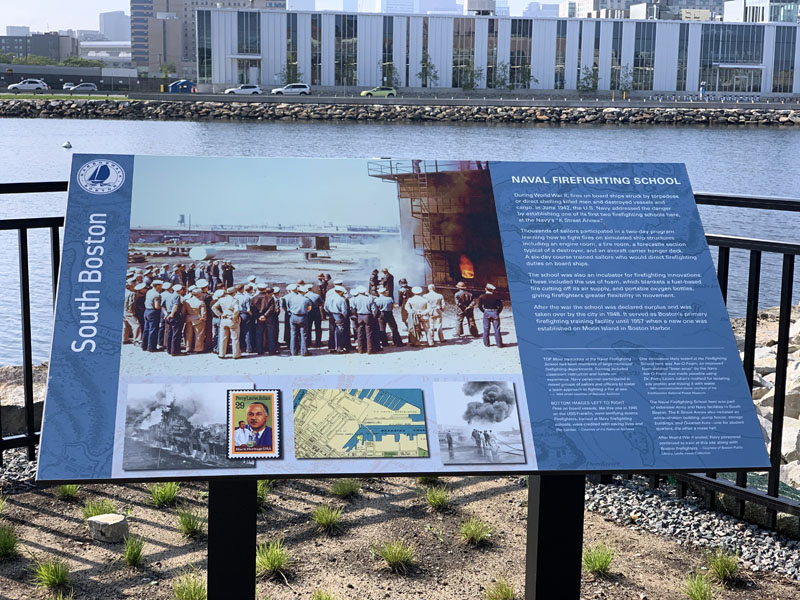
More …
Resources
- Black, Charlestown Navy Yard, 1890-1973, “History of The Navy Fire Fighters’ School, Boston, Mass.,” in United States Naval Administration, World War II: Commandant, First Naval District, 11 volumes.
- Carlson, Stephen P., Charlestown Navy Yard Historic Resource Study. Vol 1 – 3. Boston National Historical Park, 2010.
- Kuk, Michael L., “The International Fire Service and World War II,” published on FireEngineering.com. December 7, 2017.
- About Dr. Percy Lavon Julian:
- https://www.sciencehistory.org/historical-profile/percy-lavon-julian
- https://www.blackhistorymonth.org.uk/article/section/science-and-medicine/4275/
- https://www.depauw.edu/news-media/latest-news/details/22969/
- https://postalmuseum.si.edu/exhibition/the-black-experience-advances-in-science/percy-lavon-julian#:~:text=The%20Percy%20Lavon%20Julian%20stamp,Hall%20of%20Fame%20in%201990.
- Warm thanks to NPS historian Steve Carlson for his support and help.
- Our gratitude to the Perkins School for the Blind and David W. Cook for their partnership in creating the audio files.
